Light Perception Between Humans and Plants
Humans and plants perceive light in fundamentally different ways due to their distinct needs and sensory mechanisms. Humans see light through receptors in their eyes that are sensitive to wavelengths primarily in the visible spectrum, including reds, greens, and blues, and use measurements like lumens and footcandles to describe brightness and illuminance. In contrast, plants are primarily concerned with light for photosynthesis and perceive a broader range of wavelengths, including those outside the visible spectrum, such as ultraviolet and infrared light. Plants use metrics like Photosynthetically Active Radiation (PAR) to measure the light they can utilize for photosynthesis and Photosynthetic Photon Flux Density (PPFD) to assess the intensity of this light reaching their surfaces. While human light metrics focus on visual comfort and visibility, plant metrics are designed to optimize growth and energy absorption for efficient photosynthesis.

Want to know more about greenhouse lighting? Check out our blog, Greenhouse Grow Lighting – Selecting the Right Lighting for Your Plants, for a guide on grow lighting.
How Humans Perceive Light
Humans perceive light through their eyes, which are sensitive to a range of wavelengths in the visible spectrum, primarily yellow and green light. The intensity of light, measured in candelas, refers to how bright a light source appears from a particular direction. Lumens measure the total visible light emitted by a source, indicating its brightness. For example, a 100-watt light bulb typically emits around 1600 lumens. Illuminance describes how much light hits a surface and is measured in lux or footcandles; one lux is equal to one lumen per square meter, while one footcandle equals approximately 10.764 lux. The color rendering index (CRI) shows how accurately a light source portrays the colors of objects, with a CRI of 100 being perfect. Lastly, correlated color temperature (CCT), measured in degrees Kelvin, indicates whether a light appears warm (red) or cool (blue); for instance, a light with a CCT of 2700 K looks warm and yellowish, while one with a CCT of 5000 K appears cool and bluish.
How Plant Perceive Light
Plants perceive light differently from humans, using it primarily for photosynthesis, the process by which they convert light energy into energy to fuel growth. They rely on Photosynthetically Active Radiation (PAR), which encompasses light wavelengths from 400 to 700 nanometers, ideal for photosynthesis. Unlike humans, plants do not respond to lumens; instead, they rely on metrics like Photosynthetic Photon Flux (PPF), which measures the total amount of PAR light produced by a source per second, expressed in micromoles per second (µmol/s). Equally important is Photosynthetic Photon Flux Density (PPFD), which quantifies the amount of PAR light that actually reaches the plant surface per unit area per second, measured in micromoles per square meter per second (µmol/s/m²). This metric is crucial for growers to assess the intensity and effectiveness of their horticultural lighting to ensure optimal plant growth and development.
Light Distribution
Light distribution refers to the direction and intensity of light emitted from a luminaire across a growing area. For plants, uniform light distribution is crucial because it ensures that all plants receive an equal amount of light, leading to consistent growth and yields. Uneven light distribution can result in some plants receiving too much light, causing potential damage, while others receive too little, hindering their growth. The height and angle of the light source significantly impact light distribution, with higher placements reducing intensity but increasing the coverage area. Lighting manufacturers often provide photometric distribution diagrams to help growers understand how their lights will disperse over the growing area. By optimizing light distribution, growers can achieve a balanced and productive growing environment, ensuring that each plant gets the right amount of light for healthy photosynthesis and growth.
LEDs for Greenhouses
LEDs are increasingly becoming essential in greenhouse operations due to their energy efficiency, versatility, and ability to support optimal plant growth. Unlike traditional lighting systems, LEDs can be fine-tuned to emit specific wavelengths of light that are most beneficial for photosynthesis, allowing growers to tailor the light spectrum to the needs of different plants at various stages of growth. This targeted lighting promotes healthier plants, accelerates growth cycles, and can even enhance the nutritional content and flavor of crops. Additionally, LEDs generate less heat compared to conventional lighting, reducing the need for additional cooling systems and minimizing the risk of heat stress on plants. Their long lifespan and lower energy consumption also lead to significant cost savings, making LEDs an ideal solution for sustainable, efficient, and productive greenhouse operations.
Optimize Greenhouse Lighting with Action Services Group
Understanding greenhouse lighting metrics is vital for optimizing plant growth and ensuring a thriving horticultural environment. By grasping concepts like PAR, PPF, and PPFD, you can decide about the lighting solutions that best meet your plants’ needs. Ensuring uniform light distribution and selecting the right light intensity and spectrum are key to maximizing yields and promoting healthy growth.
For those seeking expert assistance in implementing effective lighting solutions, Action Services Group offers comprehensive lighting services. Our team of specialists can help you purchase, install, and maintain the ideal lighting setup for your growing operation, ensuring that your plants receive the optimal light conditions for their development. To speak with one of our lighting specialists, call 610-558-9773, emailing [email protected], or schedule a call that fits your needs by clicking the button below.



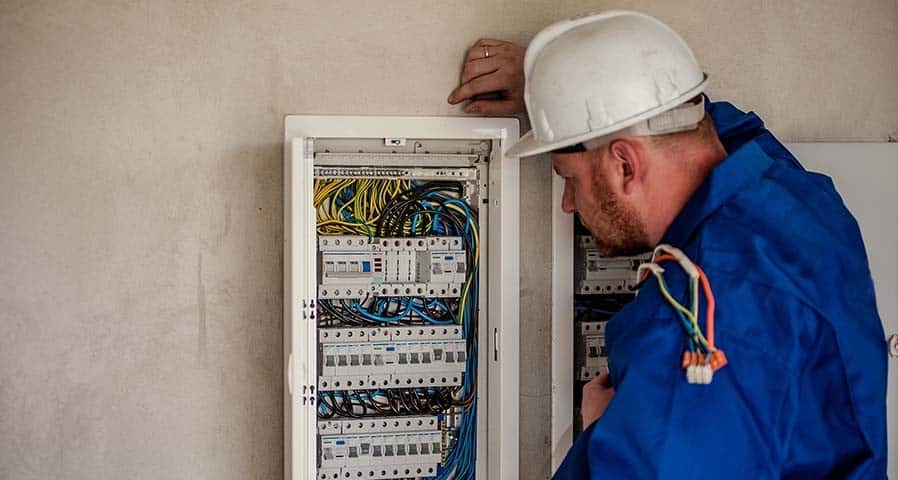
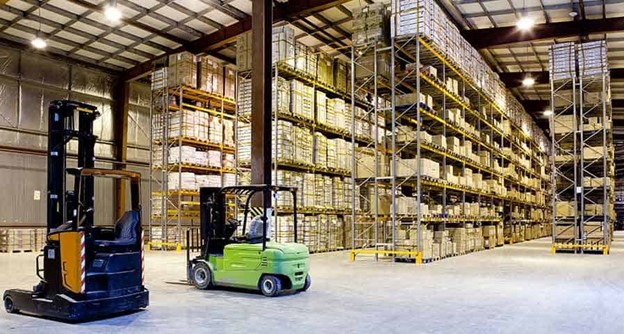


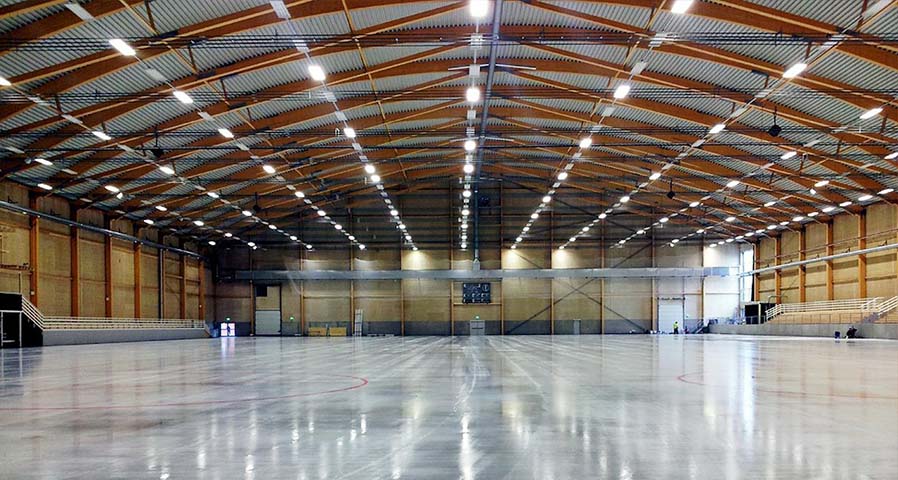








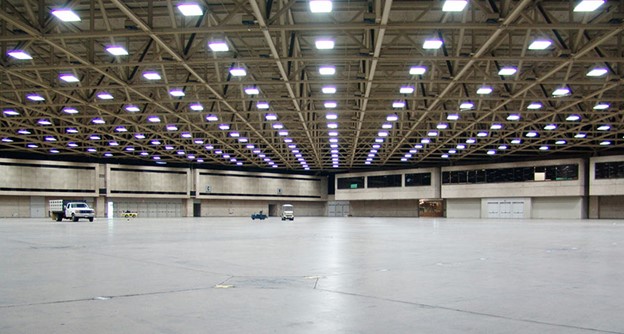
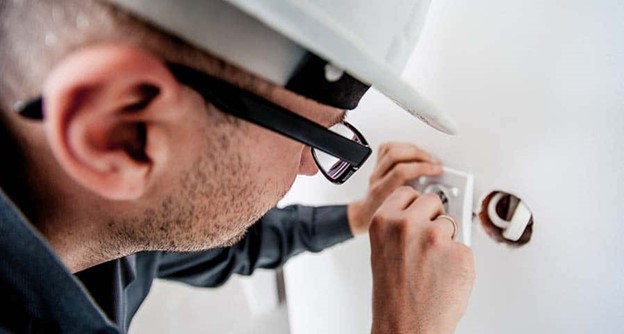


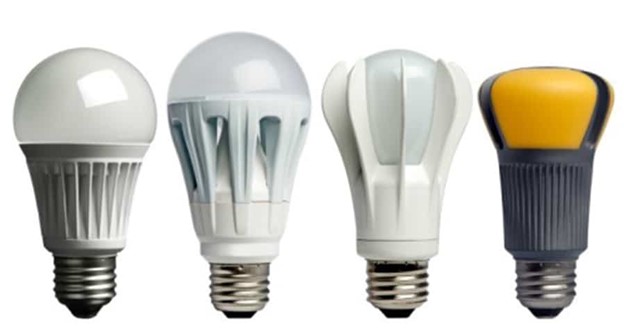
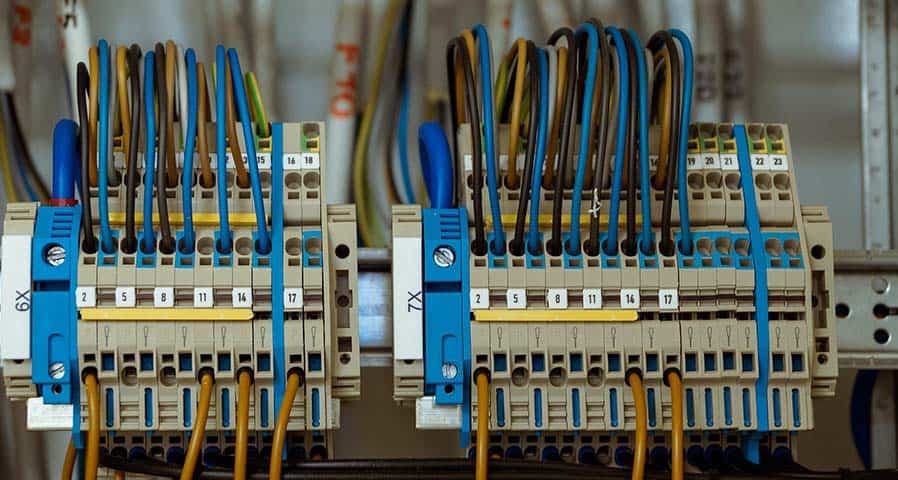



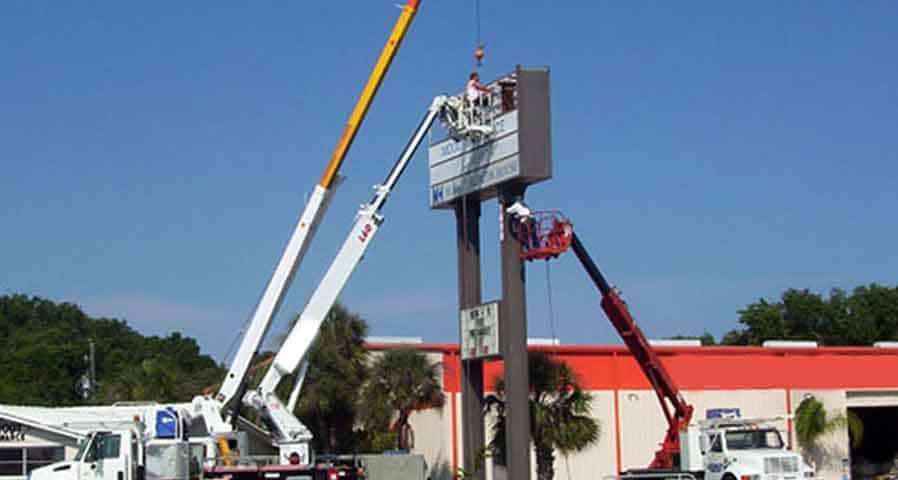

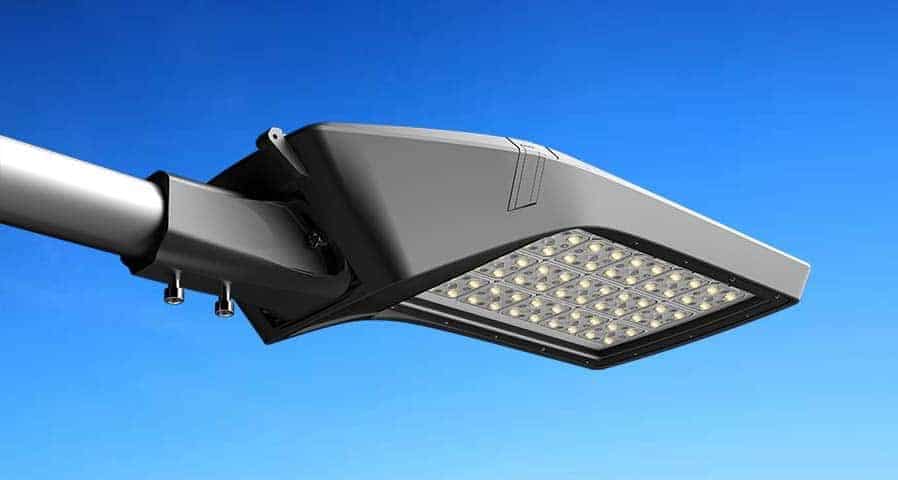


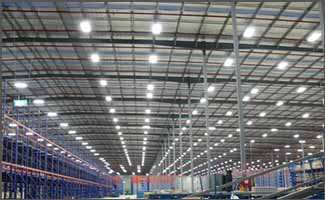









0 Comments